6 Ways to Make Your Living Room Look More Spacious
These interior designers' simple strategies can open up a cramped area—no sledgehammers, permits or weekend-long DIY projects necessary.
By Candace Braun Davison
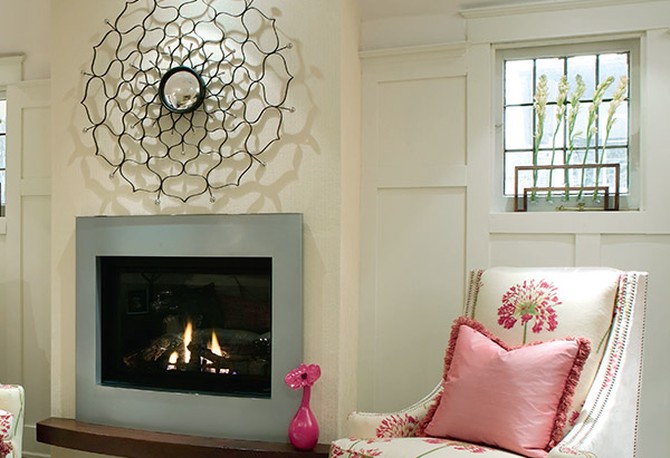
Photo: Copyright Fusion Television
See the World in Shades of Gray or White, or Aqua, Or...
One way to create the illusion that your living room extends on and on—in every direction—is to pick similar colors for the walls, trim and doors, says designer and Everyday Elegance author Candice Olson. Your gaze will continue from one corner of the space to another. Think about it: A navy door on an off-white wall smacks you in the face with a big "Notice me," whereas a cream door on the same wall blends right in.
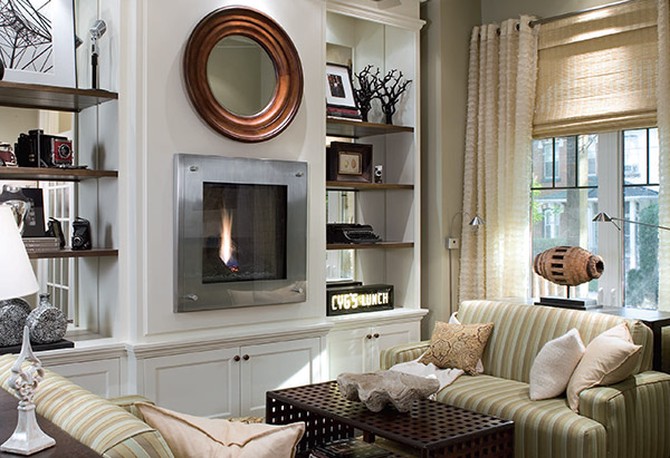
Photo: Copyright Fusion Television
Give Your Bookshelves a Growth Spurt
A store-bought bookshelf can end up looking a bit stumpy because, invariably, there are a few inches (or a couple feet) of empty space between its top and your ceiling. That gap can make your living room seem punier than it actually is, Olson says, because your eyes stop where the shelves stop, which makes your ceiling seem lower than it is. She suggests adding a piece of crown molding to the top of your bookcase to fill the gap, or a custom-built shelf or two to go on top, if it's a larger space (either option will be cheaper than getting the entire thing made to order). Another space-expander is to attach a mirror to the back wall of the bookcase to make each shelf appear deeper and reflect the room's light.
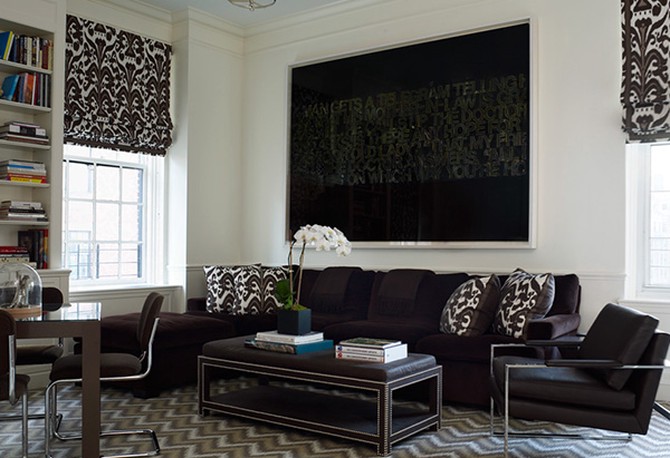
Photo: Tria Giovan
Eliminate the Walls-Are-Closing-in-on-Me Feeling
Apartment Therapy founder Maxwell Ryan recommends clearing out the corners of the room—the sneaky areas where we tend to plunk a potted plant or shelving unit to "make use of the space," when really the effect is more "make a person crazy."
Once you've removed the extraneous ficus or étagère, take the Vacuum Test: Swivel your vac around the room. The more easily you can maneuver it, the easier it will be for you to get in and out, and the bigger the room will seem.
Once you've removed the extraneous ficus or étagère, take the Vacuum Test: Swivel your vac around the room. The more easily you can maneuver it, the easier it will be for you to get in and out, and the bigger the room will seem.
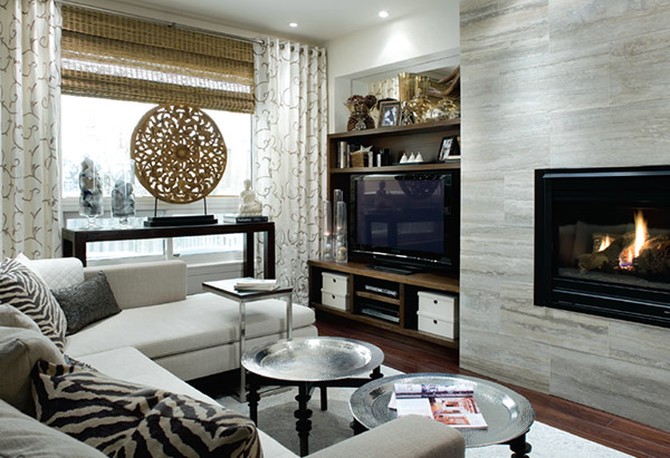
Photo: Copyright Fusion Television
Look Up, Way Up
You've heard it before—hang your curtains as high as you can—and if you really want to maximize this effect, you'll want to remember one particular style, says Candice Olson: Grommet-topped drapes let your window treatments practically kiss the ceiling, since the curtain rod basically threads through the fabric like a shish kabob, drawing the eyes up. This technique won't make an 8-foot ceiling feel like a cathedral, but it will make you feel as if you have a bit more head room.
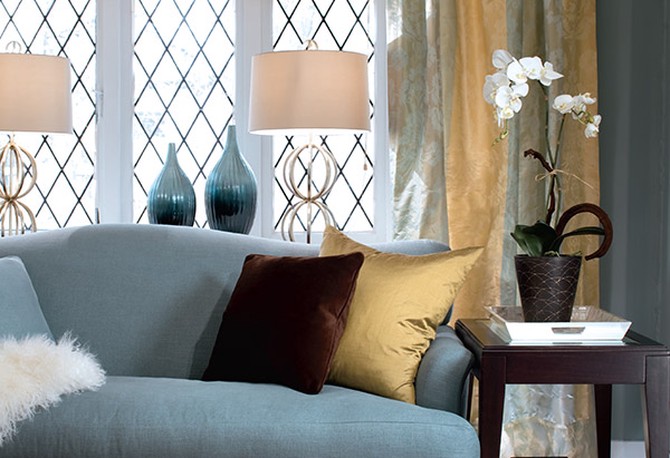
Photo: Copyright Fusion Television
Find the Right Sidekick
By all means, go for the oversize, comfy couch—but choose slimmer seating options. We don't mean spindly, delicate furniture (it'll look out of proportion), but maybe a slipper chair instead of a set of big, leather club chairs. Speaking of the sofa, Olson recommends choosing a bench-seat style. Since this has one long, continuous cushion instead of individual seats, people can choose where to sit—and how much personal space to give those they're sitting next to. People rarely sit in the middle cushion on three-seat petite sofas, she explains, and they're even less likely to sit on the crack between two cushions.
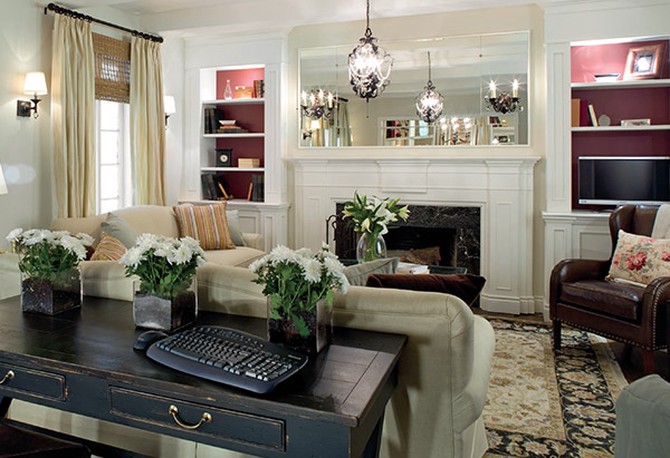
Photo: Copyright Fusion Television
Shimmy That Mirror Over
It's a fundamental decorating rule: mirror = instant sense of spaciousness. And with any rule, as Olson points out, there is an exception. If the mirror reflects a jam-packed bookshelf or a busy art wall, it can also make the room seem more cluttered. Olson suggests positioning a mirror next to a lamp, or at a 90-degree angle from the windows. Both tricks spread the light in the room, lending a more open, airy feel.
Next: Nate Berkus' rules for getting the home of your dreams
Next: Nate Berkus' rules for getting the home of your dreams
Published 11/27/2013

